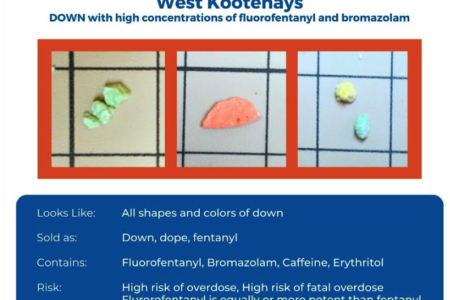Getting the skinny on aphrodisiacs
By Andy Soos, ENN
An aphrodisiac is a substance that increases sexual desire.
The name comes from Aphrodite, the Greek goddess of sexuality and love. Throughout history, many foods, drinks, and behaviors have had a reputation for making sex more attainable and/or pleasurable.
However, from a historical and scientific standpoint, the alleged results may have been mainly due to mere belief by their users that they would be effective (the placebo effect). Few have studied their true effects.
Try adding ginseng and saffron to your diet. Both are proven performance boosters, according to a new scientific review of natural aphrodisiacs conducted by University of Guelph researchers.
Indulge in wine and chocolate, too, but know that their amorous effects are likely all in your head. Stay away from the more obscure Spanish fly and Bufo toad.
While purported to be sexually enhancing, they produced the opposite result and can even be toxic.
Some purported aphrodisiacs gain their reputation from the principles of sympathetic magic, for example oysters, due to their shape. The same factor may explain the trade in the phallic looking horn of the rhinoceros.
Other animal-based aphrodisiacs gain their reputation from the apparent virility or aggressiveness of the animal source, such as tiger penis.
The new findings of ginseng and saffron are amongs the findings of the study by Massimo Marcone, a professor in Guelph’s Department of Food Science, and master’s student John Melnyk.
The results will appear in the journal Food Research International but are available online now.
“Aphrodisiacs have been used for thousands of years all around the world, but the science behind the claims has never been well understood or clearly reported,” Marcone said.
“Ours is the most thorough scientific review to date. Nothing has been done on this level of detail before now.”
The author also believes that the use of natural products are better than other alternatives. Currently, conditions such as erectile dysfunction are treated with synthetic drugs, including sildenafil (commonly sold as Viagra) and tadalafil (Cialis).
Anti-erectile dysfunction drugs, such as Viagra and Levitra, are not considered actually aphrodisiacs because they do not have any direct effect on the libido, although increased ability to attain an erection may be interpreted as increased sexual arousal by users of these drugs.
In clinical trials, the most common adverse effects of Viagra use included headache, flushing,and impaired vision.
The researchers examined hundreds of studies on commonly used consumable aphrodisiacs to investigate claims of sexual enhancement — psychological and physiological. Ultimately, they included only studies meeting the most stringent controls.
The results? They found that panax ginseng, saffron and yohimbine, a natural chemical from yohimbe trees in West Africa, improved human sexual function.
Despite its purported aphrodisiac effect, chocolate was not linked to sexual arousal or satisfaction, the study said. There is some debate in lay circles as to whether a chemical called phenylethylamine present in chocolate is an aphrodisiac.
However, this compound is quickly degraded and so it is unlikely that any significant concentrations would reach the brain when phenethylamine is taken orally.
“It may be that some people feel an effect from certain ingredients in chocolate, mainly phenylethylamine, which can affect serotonin and endorphin levels in the brain,” Marcone said.
Alcohol was found to increase sexual arousal but to impede sexual performance. This drug is sometimes used to increase sexual pleasure and to reduce sexual inhibition.
Though the study found some correlations, it does not mean that these substances will always work or that the actual effect has been quantified. Much study remains to be done.
For further information: http://www.eurekalert.org/pub_releases/2011-03/uog-uy032511.php


























